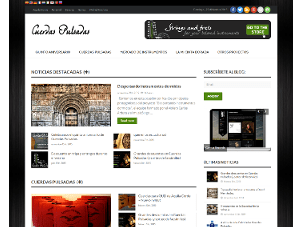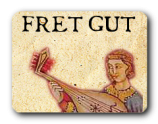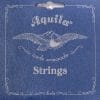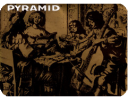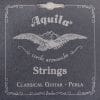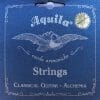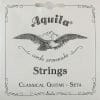Header image: Goethe in the Roman countryside ( source )
There are several documentary evidences that in plucked instruments it has always been difficult to maintain a stable tuning.
Probably the use of gut strings has been the fundamental actor in this fact since, being a certainly hygroscopic material, it is very sensitive to changes in temperature and humidity, which means that its diameter increases or decreases depending on the environment.
Although other factors inherent to the plucked string also enter the scene, such as the number of strings to tune (up to 26 in a baroque lute), the low tension in the stringing or the use of pressure pegs (not mechanical, such as the guitar) .
Fortunately (or unfortunately for the most rigorous), nowadays we have ropes with synthetic materials unrelated to these problems, such as nylon or fluorocarbon, and even hybrids such as nylgut, which seems the best compromise between the virtues of one and the other. side (casing and nylon).
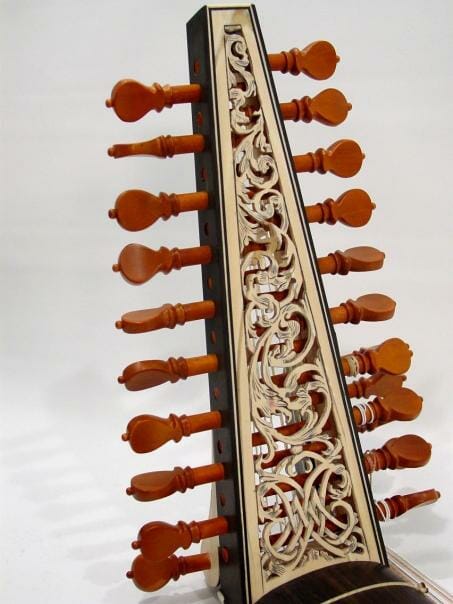 Lute headstock built by Hans Burkholtzer in Füssen in 1596 ( source ) Goethe himself referred to this question with a certain irony in his autobiographical book, Poetry and Truth (1811 to 1833), where he said that his father (an amateur lute player) spent more time tuning than playing the lute.
Lute headstock built by Hans Burkholtzer in Füssen in 1596 ( source ) Goethe himself referred to this question with a certain irony in his autobiographical book, Poetry and Truth (1811 to 1833), where he said that his father (an amateur lute player) spent more time tuning than playing the lute.

 We leave the most interested reader the complete reading of the book, también disponible en IMLSP.
We leave the most interested reader the complete reading of the book, también disponible en IMLSP.
 Lute headstock built by Hans Burkholtzer in Füssen in 1596 ( source ) Goethe himself referred to this question with a certain irony in his autobiographical book, Poetry and Truth (1811 to 1833), where he said that his father (an amateur lute player) spent more time tuning than playing the lute.
Lute headstock built by Hans Burkholtzer in Füssen in 1596 ( source ) Goethe himself referred to this question with a certain irony in his autobiographical book, Poetry and Truth (1811 to 1833), where he said that his father (an amateur lute player) spent more time tuning than playing the lute.
My father was personally tolerably comfortable. He was in good health, spent a great part of the day in the instruction of my sister, went on with the description of his travels, and was longer in tuning his lute than in playing on it. He concealed at the same time, as well as he could, his vexation at finding, instead of a vigorous, active son, who ought now to take his degree and run through the prescribed course of life, an invalid who seemed to suffer still more in soul than in body.Although there is even some sarcastic reference earlier to Goethe himself, like the one we can find in the book published in 1713 by Johann Mattheson, “Neu-eröffnete Orchester”. On page 276 we can find a new reference to the time we invest in tuning our instruments:

 We leave the most interested reader the complete reading of the book, también disponible en IMLSP.
We leave the most interested reader the complete reading of the book, también disponible en IMLSP.

